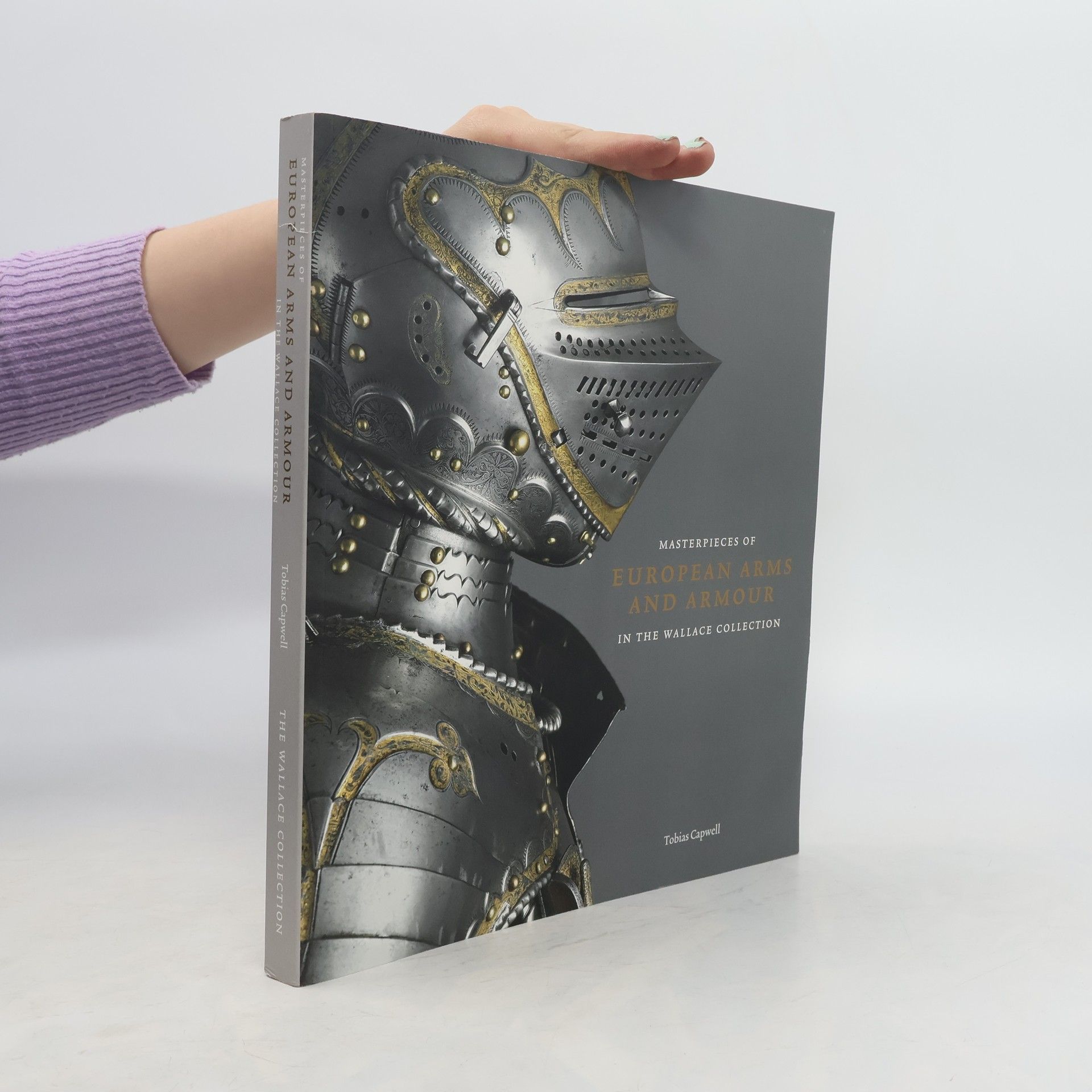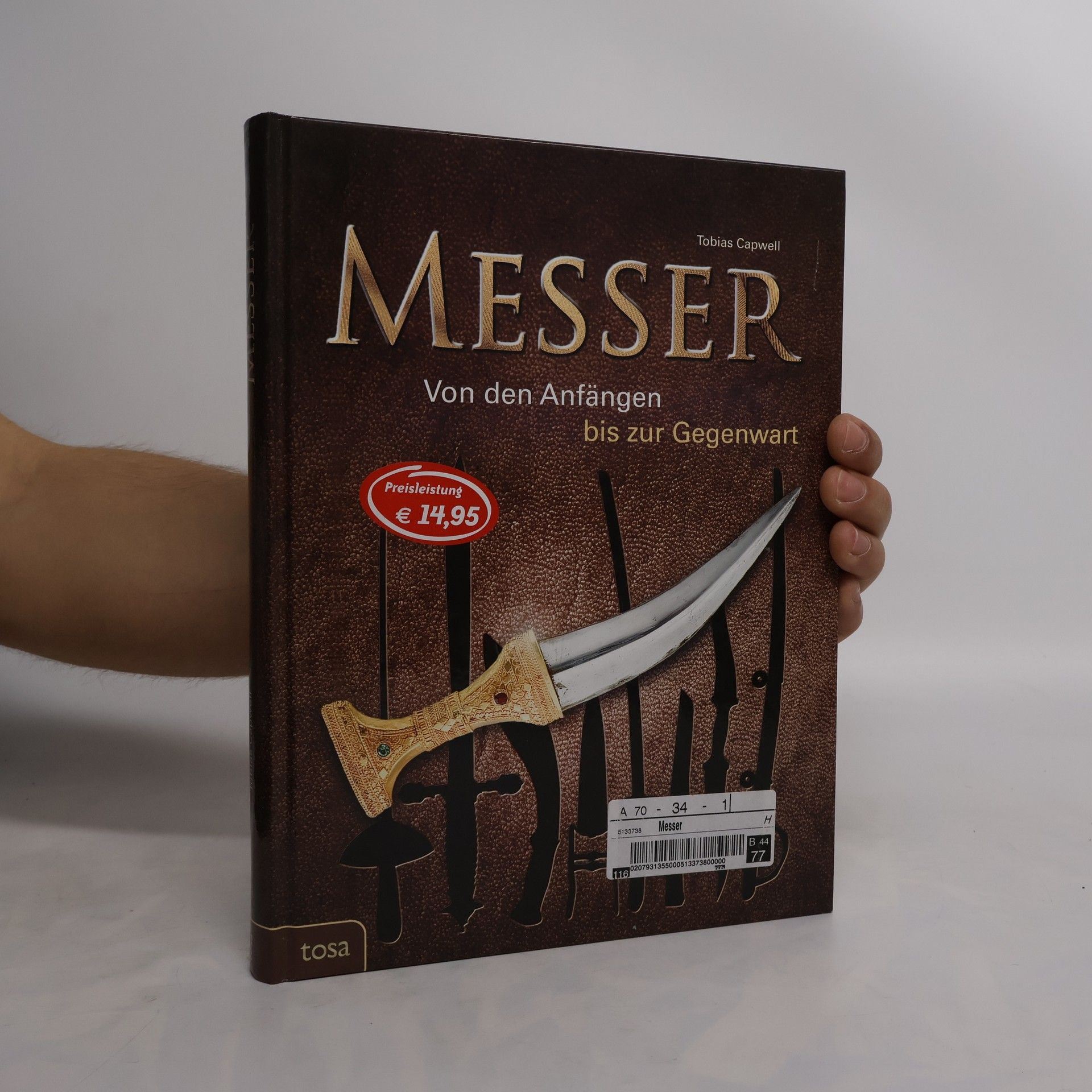Messer
Von den Anfängen bis zur Gegenwart





Von den Anfängen bis zur Gegenwart
The collection of arms and armor at the Wallace Collection is widely recognized as being one of the largest and most important in the world. Consisting of around 2,500 objects, it represents both European and Oriental arms and armor. The European part of the collection was acquired primarily by Sir Richard Wallace, mainly in 1871, from the collections of Sir Samuel Rush Meyrick―founding father of the serious study of arms and armor―and that of the comte de Nieuwerkerke, Director of the Louvre under the Emperor Napoleon III.
Tobias Capwell continues his history of jousting through surviving artefacts at the Royal Armouries. He reveals how the jousts and tournaments of the Renaissance transported knightly combat into a performance art, with demonstrations of aristocratic skill, superhuman strength and cutting-edge equipment.
Jousting is the most iconic form of mounted combat. For more than five hundred years, the sport itself, and the chivalric culture that surrounded it, took on almost mythical qualities. Here, Tobias Capwell explains the glitz and glamour of a sport that attracted enormous popular audiences throughout the late middle ages.
The Wallace Collection hosts a major exhibition in collaboration with The Henry Moore Foundation for spring 2019 exploring the sculptor Henry Moore's fascination with armour at the Wallace Collection, an interest which fundamentally influenced his work over many years.